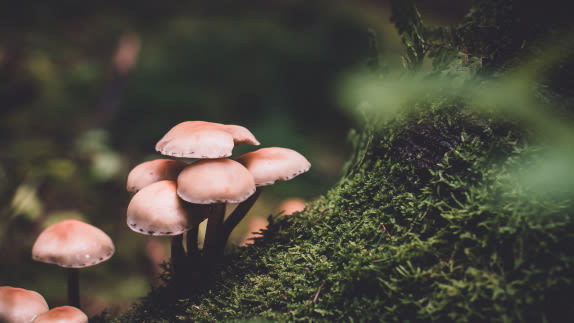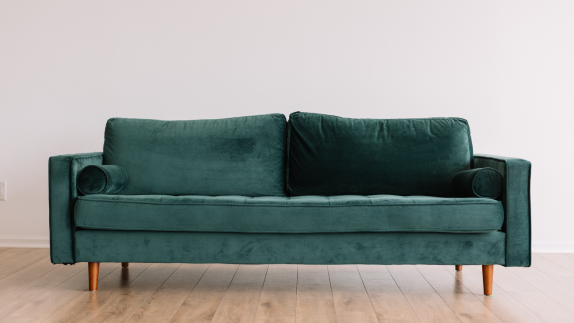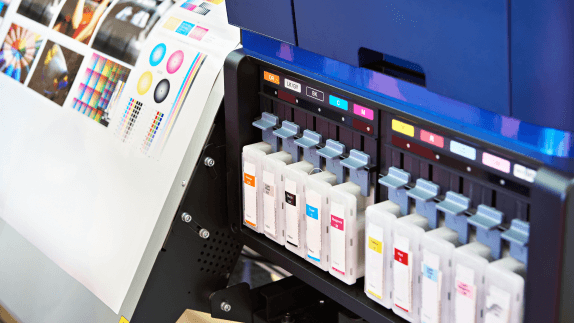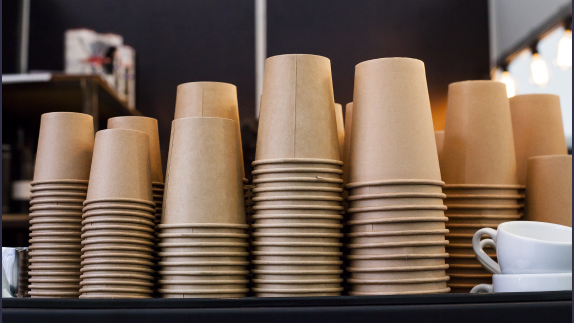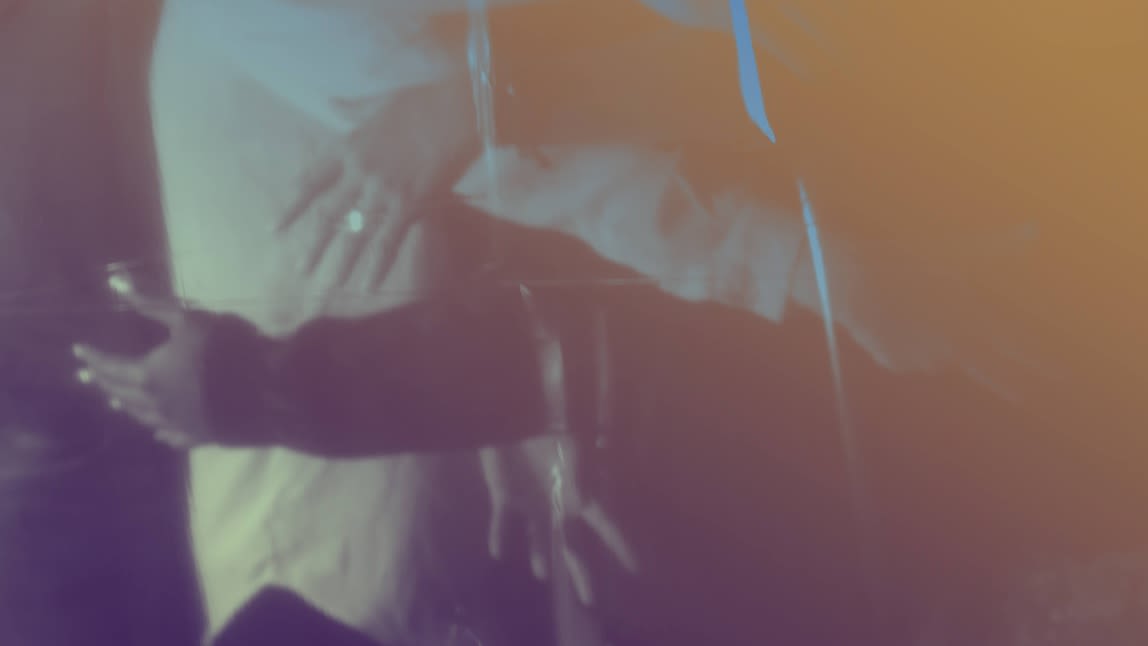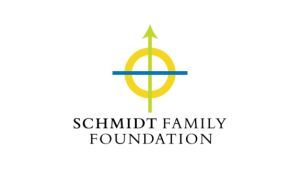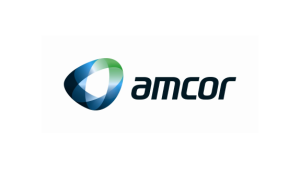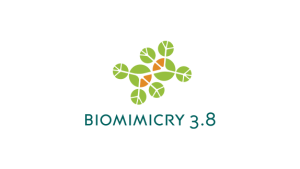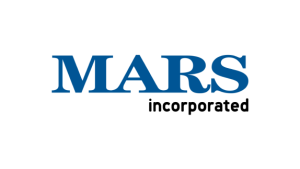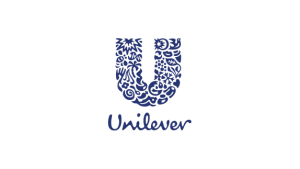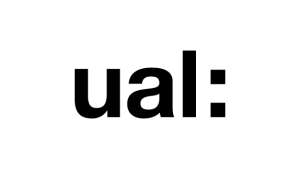Now is the most exhilarating time to be an innovator
Why, what's changed?
The scale of what we’re designing has shifted from products, to companies, to economic systems. Who we’re designing for has expanded from a solitary user to an intimately connected web of people, spanning the globe.
New tools such as artificial intelligence, the internet of things, and biomimicry mean our design ambitions are limited only by our imagination. Meanwhile, creativity has never been more important. The global economy is stuttering and disruptive technologies challenge established business models.
The next big thing in design is circular
A radical, restorative, regenerative approach to business
A new mind-set for business is emerging. It’s worth around a trillion dollars, will drive innovation in tomorrow’s companies, and reshape every part of our lives.
But making the shift isn’t easy. That’s why we created this guide: to help innovators create more elegant, effective, creative solutions for the circular economycircular economyA systems solution framework that tackles global challenges like climate change, biodiversity loss, waste, and pollution. It is based on three principles, driven by design: eliminate waste and pollution, circulate products and materials (at their highest value), and regenerate nature.. Solutions that are invaluable for people, give businesses a competitive advantage, and are regenerative for our world.

What if you could redesign everything?
What would you do differently?
You might be questioning the health of our organisations, social systems, and business models. With good reason: companies are currently deeply rooted in a linear approach to growth - make, use, dispose.
The design thinking approach that underpins this guide allows you to explore new ways to create sustainable, resilient, long-lasting value in the circular economy – giving you the creative confidence to redesign the world around you.
The shift is already in motion
Acknowledgements
The Circular Design Guide has been co-created with participation from more than 400 people, through the contribution of ideas to the testing of resources, in an iterative and inclusive design thinking process.
Advisory board
Bob Adams, Researcher and Author, Design for Sustainability
Tim Brown, CEO IDEO
Peter Childs, Head, Dyson School of Design Engineering, Imperial College London
Gayle DeBruyn, Associate Professor, KCAD
Leif Huff, Executive Design Director, IDEO
Andrew Morlet, CEO, Ellen MacArthur Foundation
Gavin Warner, Director Sustainable Business, Unilever
Lead Philanthropic Partner
Contributing organisations

Ashridge Executive Education Hult

Coca-Cola
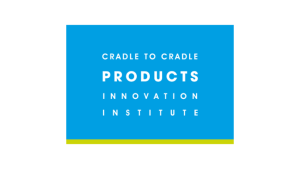
Cradle to Cradle

Cranfield University
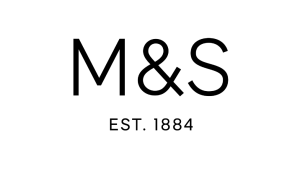
M&S

National Institute of Design

Nike
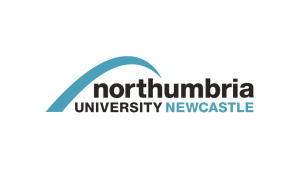
Northumbria University
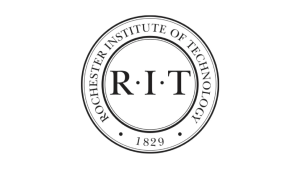
Rochester Institute of Technology
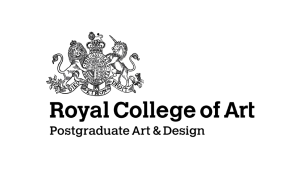
Royal College of Art
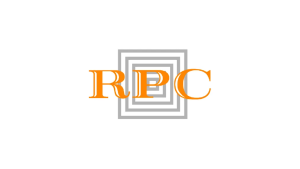
RPC

Suez
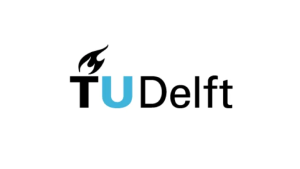
TUDelft

USP
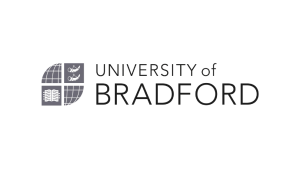
University of Bradford
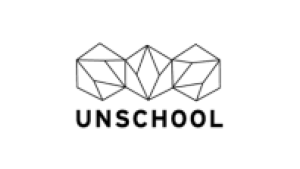
Unschool
